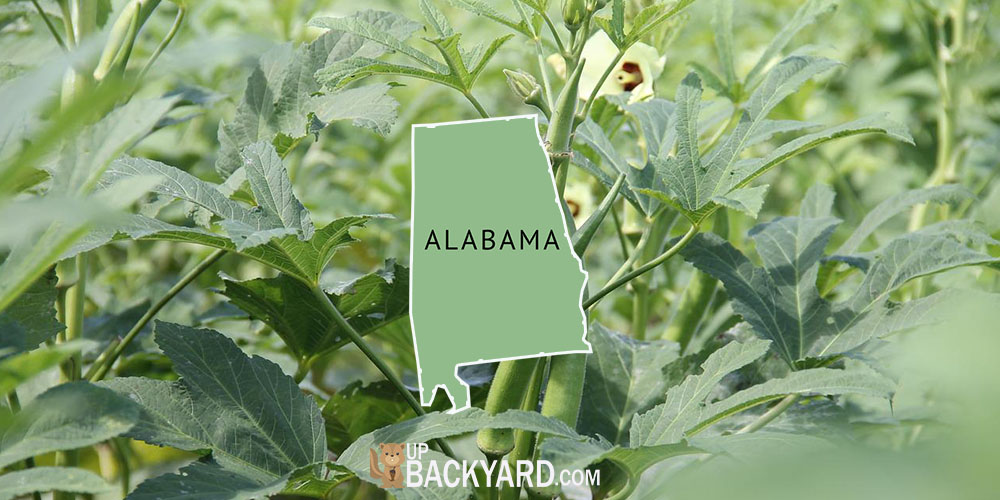Alabama is a southeastern U.S. state that experiences a humid subtropical climate. The people in the area experience hot summers and moderate winters, and plenty of cloudbursts all year.
Soil conditions in Alabama are suitable for many plants, including Okra, the most common. However, places such as plateaus and gulf coasts are mostly composed of sandy, loamy, and clayey subsoil surface layers.
If you reside in Alabama and want to cultivate Okra to get the best quality and number of fruits every harvest, you must understand the perfect time to plant them.
In this post, I will explain when to plant Okra in Alabama and all the steps involved in each stage. The information is important to all Okra farmers to ensure they grow their crops when all the factors favor them.
When Is The Best Time To Plant Okra in Alabama?
The best time of the year to plant okra in Alabama is between April 10th and June 30th. The range date is for gardeners in central Alabama where including Anniston, Birmingham, Jasper, etc.
Though, the best time to plant Okra in North Alabama (Florence, Huntsville, Scottsboro, Decatur, Albertville, Fort Payne) is between the 30th of April and the 10th of July. And the best time for gardeners in South Alabama (including all Alabama counties south of the Black Belt, Baldwin County, and Mobile county) is between April 10th and June 20th.
Getting To Know Okra
Okra grows well in warm temperatures and is traditionally farmed in Alabama, though cultivars are suitable for northern producers.
It is simple to cultivate and utilize, and it has gorgeous blossoms that last throughout the growth period.
Okra is a vegetable that you either like or dislike, but we agree that it adds a lot of ornamental value to any landscape.
When in bloom, the plant makes an eye-catching backdrop. The pods are mostly green, although there are a few red variations. The colors of the flowers also differ.
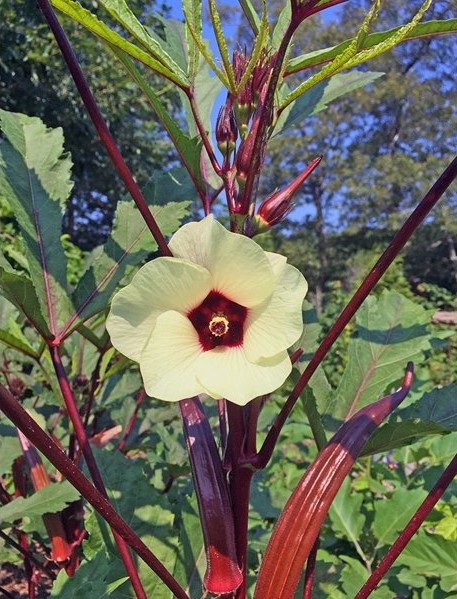
Many farmers embrace Okra, and the spectrum of this warm-weather crop is expanding and becoming more popular. The plant produces tasty veggies and lovely blossoms.
Similarly, it is high in vitamin A and low in calories, making it a good boost to your nutrition. The okra blossom has a striking similarity to the hibiscus bloom. It is a member of the hibiscus family.
Okra seeds pods are delicious roasted, grilled, braised, sautéed, or fried, and they may be used in a variety of cuisines like stew and gumbo.
Likewise, Okra can be blanched and served chilled. Pickled pods can even be stored for a long time. The possibilities for consuming Okra are limitless.
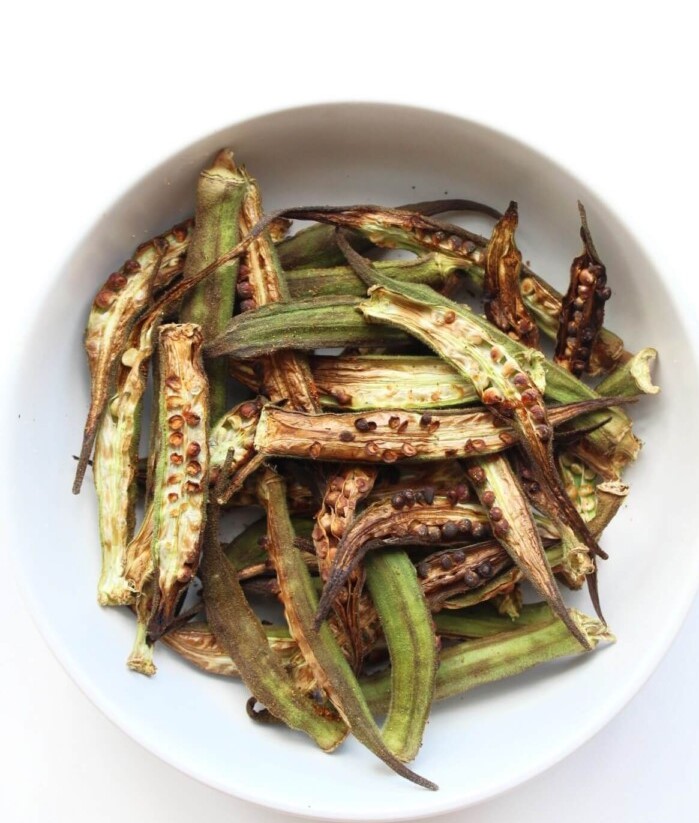
Okra Varieties
There are many varieties of the Okra plant, and depending on the region you come from, you should be careful while selecting one.
Here are the common types that are grown in Alabama:
- Candle Fire: It’s hybrid Okra with fine, spherical red pods that bloom in 30 days. This cultivar is resistant to disease and extremely robust.
- Cajun Delight: It’s a green-podded hybrid cultivar winner of the all-American selections. It produces a large yield and develops early, making it a great option for milder areas. The pods have five sides and no spines. Plants mature about 50 to 55 days after being transplanted.
- Carmine Splendor: The variety has deep red five-pointed pods that fade to light red or pink as they mature. It develops 51 days after being transplanted. Similarly, the pink-colored blooms are delicious.
- Red Velvet: It reaches 4 to 5 feet tall, with finely curved pods best at 3 to 6 inches long. It takes 55 to 60 days to mature.
Tips & Reminders in Sowing Okra Seeds
Okra is a plant that performs well during spring and summer. It requires maximum sunlight and will thrive in regular garden soil.
However, it flourishes in fertile loam, especially where a nitrogen-fixing plant, such as early peas, has already grown.
You can start the okra seed indoors 4-6 weeks before the last anticipated frost date.
First, you should soak the seeds in warm water for some hours to speed up the germination, then plant them 3- quarters inches deep in sterile seed and start mixing.
The seed will germinate in the first or second week in soil temperatures ranging from 70°F to 95°F.
Similarly, ensure you maintain the seedlings under a grow light for 8 hours per day to prevent the plants from stretching out.
Before planting okra seedlings outside, they must be slowly exposed to sunlight in a process termed hardening off.
Set seedlings out for a short time on the first day, about a half-hour, and gradually increase the amount of time spent outside each day for a week.
The plants will be ready for a full day of direct sunlight by completing this timeframe.
Okra prefers full light and grows best in soil with a pH near to neutral, which is 7.0, although anything from 6.0 to 8.0 would suffice. Similarly, it has medium nutrient requirements, so don’t over-fertilize it.
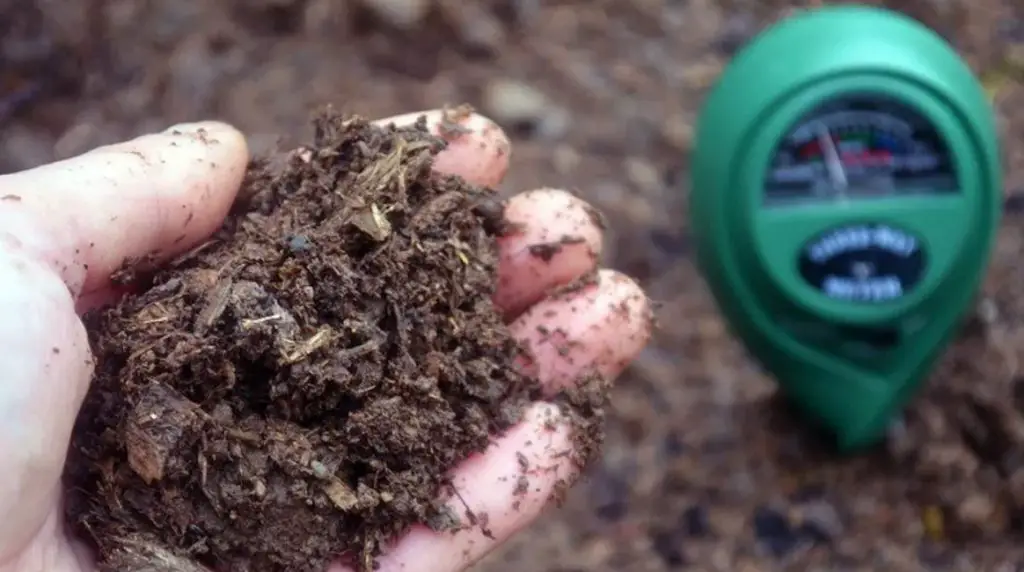
Obtain a low-cost soil test to determine the pH and fertility of the soil. The test findings will indicate what soil amendments if any, should be added.
The seedlings like soil temperatures of at least 70°F. Northern gardeners can enhance the soil temperature by covering the planting area with black plastic a month before sowing out the seedlings.
Once grown, Okra likes temperatures that are consistently above 60°F. If a cool night is forecast, protect the crop with a floating row covering to keep the heat in during the day.
When planting seedlings, exercise extreme caution. If the taproot of Okra breaks, it won’t grow.
Water instantly after planting, and cover the soil with 2 to 3 inches of organic mulch. The covering will maintain the soil warm or cool nights by water retention. Additionally, it forms a barrier between the plant leaf and microorganisms in the ground.
Plant Care Requirements For Okra
Okra Watering
Okra has low water requirements and dislikes wet grounds, so only water when it is extremely dry.
If it hasn’t poured all week or has only lightly rained, use additional water. The water beneath the foliage, at the ground surface, to prevent getting wet leaves and pods, as moist leaves promote infestation.
Watering in the morning allows any water on the leaves to evaporate over the day. Watering late in the day can lead to unfavorable conditions the next day.
Okra Fertilizer Application
Light monthly application of organic fertilizers will enhance production. Adding completed compost or organic material at planting time will provide Okra with most of the nutrition required to get through the season.
A balanced natural fertilizer is appropriate. Also, I enjoy fish emulsion and seaweed fertilizer. Never use more fertilizer than the manufacturer recommended, as this can damage your okra plants.
Pests and Diseases
Okra is affected by a few pests and illnesses, but they are usually managed. The best natural pest protection is to wrap your plants with row cover from the minute they are planted if a pathogen becomes a persistent concern, practice crop cycle.
(1) Armyworms are moth larvae that eat the foliage of old okra plants or harm the seedlings.
Pick out any caterpillars, greenish or black and gray, on stems and under leaves. Apply organic pest management for moth and butterfly larvae suitable for use around people and pets and do not damage other species.
(2) Powdery mildew is a fungus that can harm Okra. It can be avoided by properly spreading plants to allow for air circulation.
Baking soda or diluted milk solution can inhibit the spreading or as a precautionary step.
(3) Aphids are sucking insects with soft bodies that serve as vectors for plant diseases.
They can be seen on the bottom of okra leaves and stems. They exude honeydew while eating plant leaves, which invites ants and other parasites. Aphids can be readily handled by spraying them with a strong stream of water.
(4) Cucumber beetles are leaf-damaging eating insects. They have a few broad variations, but they all have the same effect on Okra. These insects can be kept off using floating row covers, enabling them to be hand-picked.
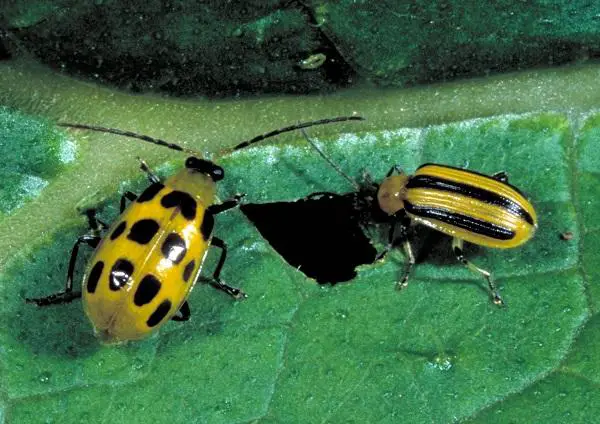
Okra Harvesting
Most types are meant to be harvested when the pods are no longer than 3 inches long, and the pods develop quickly.
Picking pods often and before they become larger will stimulate the plant to make more pods. The woodier and less flavorful the pods get as they grow in size.
To extract, cut the pod’s stem just above the cap. Okra pods are fast perishable after plucked. They can be kept in the refrigerator for two to three days, but not longer.
Key Takeaways
As more gardeners realize how much they enjoy Okra, the spread of this friendly hibiscus relative expands northward.
Growing Okra demands warm weather, but you can cut the season by three weeks or more using seedlings.
Okra seedlings can be planted in the garden or in big containers, as soon as the hot season begins, as long as they are managed carefully as if they were breakable eggs.
